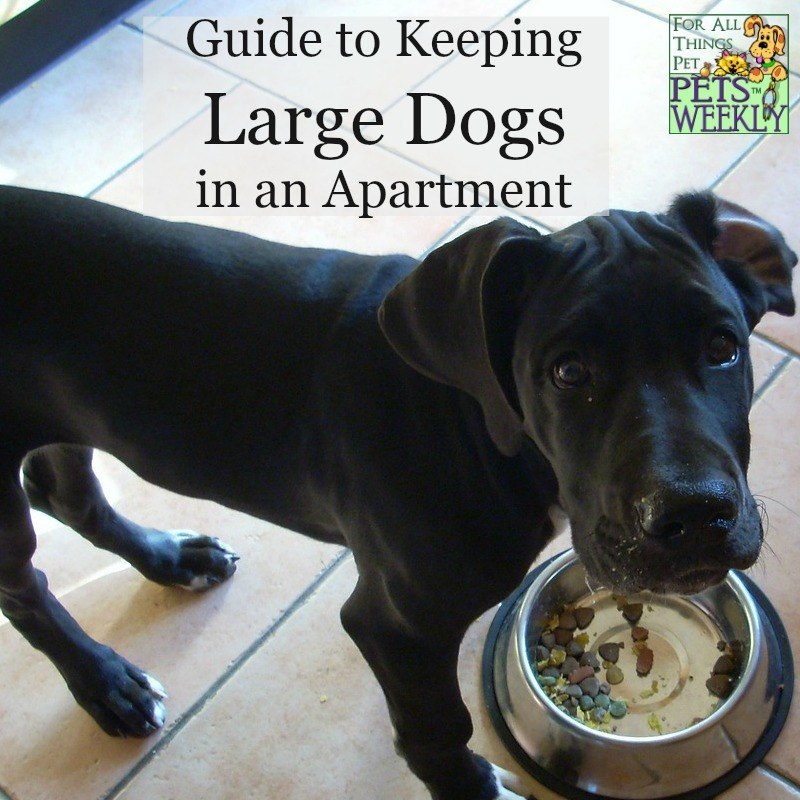Understanding Toxicity Levels of Natural Remedies
Share

When it comes to our pets, we want natural remedies that work. Dogs and cats are notoriously difficult to treat with Western medicine as there is the potential for so many side effects. Oftentimes, when treating one condition, we find ourselves ultimately treating a myriad of conditions. And so, we seek out natural treatments.
Unfortunately, there is a lot of misinformation occurring in the field of natural pet care.
The most important message we want to get across to you is that many natural remedies for pets can easily become natural toxins when used incorrectly.
Natural remedies, such as essential oils and supplements, are incredibly powerful. Misusing them could result in pets experiencing tremors, organ damage, or even death. We are huge advocates of natural care for pets, but we also want you to be educated first.
Today, we’re looking at a few terms you should be familiar with and why it’s so important to understand toxicity levels.
Toxicology Defined
“Toxicology is defined as the study of chemical or physical agents which interact with biologic systems to produce a response in the organisms. Toxicity is the relative ability of a substance to cause injury to biologic tissue.” (UCSB environmental health and safety).
Let’s begin with how toxins enter the system. There are three main pathways for entry:
We hope that this article provides you a starting point in ways to evaluate new natural products and supplements on the market. We support you in being empowered to seek out alternative therapies and urge you to be logical in determining the best route of treatment for your pets.
1. Absorption
Toxins can enter the body through eyes or skin. As skin is the largest organ in our bodies, its primary function is to protect and act as a barrier for entry of foreign materials. This is why skin conditions are so very important to treat – when left untreated, they allow germs and viruses to enter the body. This is also why it’s so much easier to treat skin conditions with treatments applied directly to the skin.
2. Inhalation
This is the most rapid and direct route of entry for a foreign substance (or toxic chemical) to enter our bodies. Once toxins are admitted to the body, they enter the lungs and are rapidly distributed to the blood stream.
Skin products sometimes offer the added benefits of safe and effective aromatherapy to pets – by calming pets.
For example, lavender is great for calming pets, while peppermint or rosemary can have a euphoric effect.
3. Ingestion
This is one of the least effective methods of entry. It’s also problematic if toxic levels or substances are accidentally introduced.
A Dose (Explained)
When identifying doses, there are two ways to describe them: Lethal Dose (LD) and Effective Dose (ED).
- LD: A lethal dose is the amount in which the end result to the patient is death.
- ED: An effective dose (ED) in a test where the response is an observable effect other than death. Usually, this means that some cure or relief is provided to the pet.
Lethal Dose 50 (LD50)
Lethal dose fifty (LD50) is defined as the calculated dose of a substance which is expected to cause the death of 50 percent of a population.
The amount of a natural substance that is given to a person or animal is extremely important. Every substance (even water) has a measurement known as LD50 attached to it.
Let’s assume that a substance (for example, Melaleuca, which is also known as Tea Tree Oil) has an LD50 rating of 1.0.
This means that 50% of animals tested died when given a dosage of 1 gram per kilogram of body weight.
Remember, this term measures only the lethality of a substance, not the other effects that could be measured (such as tremors, organ failure, etc.). LD50 also does not represent the number of animals that were helped from the dose.
Homeopathic medicine believes in the adage that “like fixes like”. In extremely low doses, compounds like Melaleuca can be incredibly effective. This is often observed with skin conditions, like yeast overgrowth, mites or bacteria infections.
But too much of it, or in an amount that is not dilute enough, can result in the death of your pet.

- Lethal dose low (LDLo) The lowest dose of substance introduced by any route other than inhalation which has been reported to have caused death in humans or animals. In other words, when X substance is administered to a pet (except in inhalation), the animal dies.
- Toxic dose low (TDLo): The lowest dose of a substance introduced by any route other than inhalation, over any given period of time, and reported to produce any toxic effect in humans or carcinogenic, neoplastigenic, or teratogenic effects in animals or humans.
- Toxic concentration low (TCLo) The lowest concentration of a substance in air to which humans or animals have been exposed for any given period of time that has produced any toxic effect in humans or animals (this may include carcinogenic, neoplastigenic, or teratogenic effects).
- Lethal concentration low (LCLo): The lowest concentration of a substance in air which has been reported to have caused death in humans or animals.
It’s very important to research, discuss and ask questions prior to administering home remedies to animals, particularly to small animals and cats.








